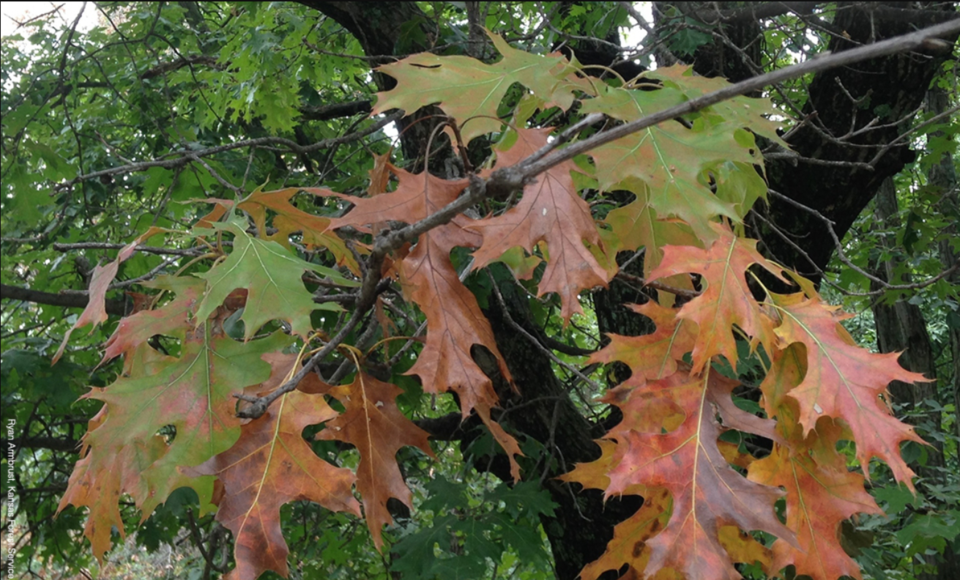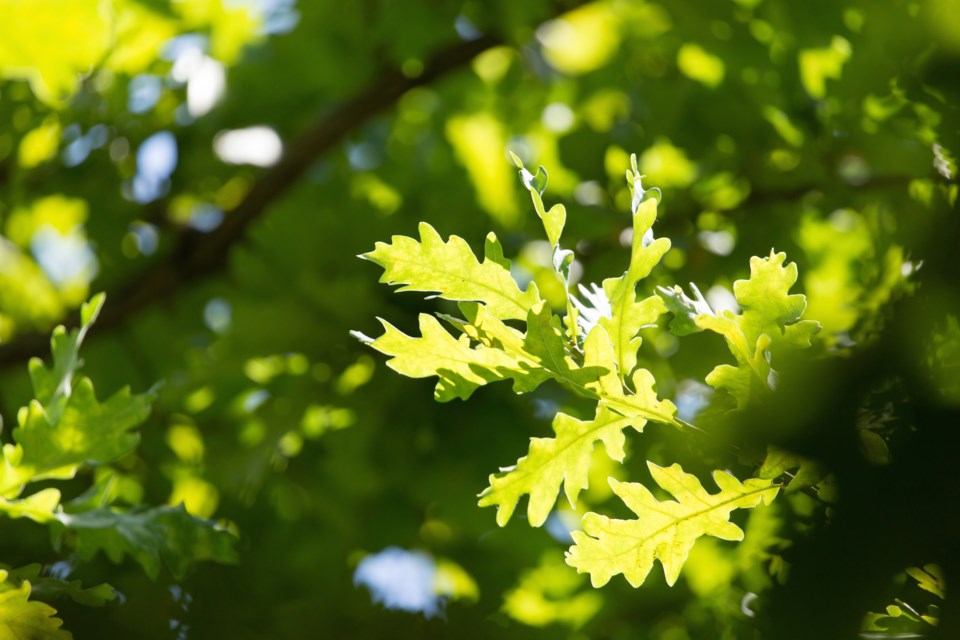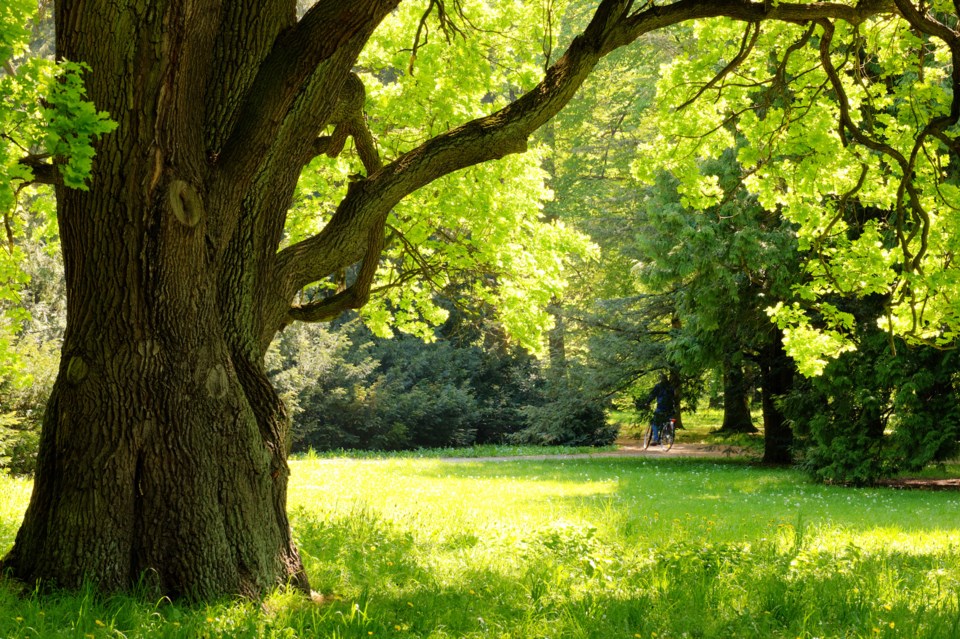Something else might be growing in our forests and woodlots this summer.
The Nature Conservancy of Canada (NCC) is sounding alarm bells about oak wilt, a fungal disease emerging as a major threat to oak trees that has been discovered on one tree in Springwater Township, in a residential area near Midhurst, just north of Barrie, and in Niagara Falls.
“Fortunately no, it’s not in the Simcoe County forest that we know of,” Simcoe County forester Graeme Davis told BarrieToday. “But with it having recently been discovered in Canada, the information is important to get out there.

“For those of us in the forestry and tree service industry, it’s important to be aware and vigilant," he added.
Kevin Rankin, the City of Barrie’s manager of parks and forestry, said the Canadian Food Inspection Agency (CFIA) has a handle on the local situation.
“The CFIA has not reported oak wilt in Barrie at this time, nor are we aware of its presence,” he said. “They are actively surveying all of the surrounding areas to check for it and have our tree inventory to assist with locating oaks.
“We are aware of the discovery of oak wilt on a tree in Springwater Township, on a private residential property. We are awaiting more information from the CFIA on their surveys in surrounding areas," Rankin added.
Davis said oak wilt has been in the United States for many decades and scientists think it came from South America and/or Mexico, but it’s not entirely known where it originated.
Oak wilt has been reported throughout the northwestern United States, along the Great Lakes region and southwest as far as Texas. The Ontario and Canadian governments have been interested for almost 10 years now.
Oak wilt is an invasive, vascular disease of oak trees that's caused by a fungus which can deliver quick mortality rates in affected trees. Red oak trees are most susceptible, and can die within two to six weeks after infection. Davis said it only affects oak trees.
“Simcoe County forests are extensive and they (oak trees) are reasonably representative. We own and manage upwards of 33,000 acres spread around the county,” he said, noting about 8.5 per cent are red oaks.
“Red oak … it impacts them quickly and from what I can understand it’s almost always fatal,” Davis added.

Oak wilt is a fungus that infects the tree and grows spores on the outer sap wood of the trees. It restricts the flow of water and nutrients up and down through the tree, which is just basically choked off from the inside.
The NCC says ways to identify signs and symptoms of oak wilt include cracks in the tree trunk, along with green leaves that start wilting and turning brown at the outer edges.
You may also see an early and sudden leaf drop of dull green, brown and yellow leaves, along with white, grey or black fungus.
This fungus has the potential to devastate Canadian forests, hurting recreational use, companies that rely commercially for wood material, along with the many birds, animals and insects that depend on these areas as a source for food and habitats.
Oak wilt is also spread naturally through root grafts or beetles carrying fungal spores. It does not affect human or animal health, say federal officials.
To prevent the spread, don’t prune oak trees between April and November, don’t move firewood, report suspected signs of oak wilt to local officials and check oak trees for signs of oak wilt.
Davis said the first two points are the most important.
“Not pruning oaks trees because the exposed wood can attract the beetles,” he said. “The don’t move firewood piece is an important message, not just because of oak wilt.
“There’s so many other diseases, pathogens, insects that we, unfortunately, are moving around, just by moving firewood,” Davis added. “This is just one more reason not to be moving firewood any significant distance. The message is … burn it where you buy it. It’s a dangerous practice (moving firewood) that too many people still do.”
Simcoe County and Springwater Township will be assisting with the removal and disposal of the one local tree with oak wilt, under agreement with the CFIA.
Infected oak trees should be burned, buried deep or chipped.
“If it’s handled properly then it won’t be a serious problem, but there’s a lot of concern about oak wilt,” Davis said.



